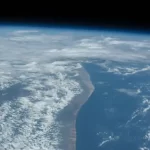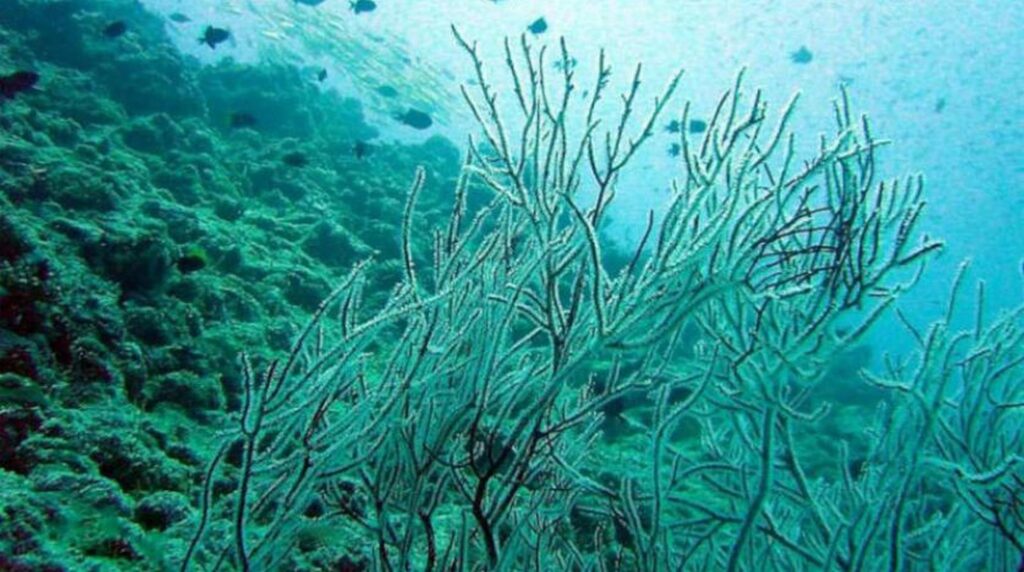Coastal erosion caused by sea level rise due to climate change and melting ice is a global problem; The sea devours large swaths of land each year as storms sweep sand from the fragile coast out to sea.
According to a study conducted by a joint research team from several European universities, about 8% of the world’s population lives in areas at an altitude of less than 10 meters above sea level, and sea level rise may affect millions of coastal residents due to beach erosion.
The study, published in the Marine Ecology Progress Series, today, Monday, November 28, shows that seagrass can have a significant role in mitigating the risk of coastal cliff erosion by 70%; Thanks to the network of grass roots extending into the soil texture, which cohesive sand.
The traditional methods of combating coastal erosion depend on renewing the coast and feeding the beaches with new sand in the locations where storms cause the greatest amount of damage, in addition to some primitive methods of protection such as using oil to stabilize sand or erecting concrete barriers. In the Netherlands, for example, the coast is protected By building dams made of stone and mud, as well as natural defenses such as planted coastal ecosystems such as salt marshes and mangroves as sustainable solutions to defend against storms and floods by reducing wave energy.
In this study, the researchers took samples of sandy sediments from a number of sites, some of which had seagrass in them, while others were free of weeds, and placed these samples in a large tank capable of simulating the movement of waves.
Experiments have shown that the effect of waves on the sands of the coast is greatly reduced when seaweed grows in them. The researchers also took samples from the muddy sea floor, but they found that the effect of seaweed was less, but this matter is less important. Because muddy seabeds are commonly found in fjords and other less exposed areas.
Eduardo Infantes, a researcher in biology and environmental sciences at the University of Gothenburg, Sweden, and lead author of the study, says the team hypothesized that previous contradictory findings about the role of seagrass root mats in preventing erosion might result from differences in sediment type. To test this hypothesis, the team studied how Seagrass root mats that thrive in both sandy and muddy sediments mitigate wave-induced shelf erosion.
Infantes adds in statements to “For Science”: the results of the experiment showed that the roots play a very effective role in reducing the rates of cliff erosion in sandy sediments, by up to 70% in sandy sediments with biomass of seagrass roots, in contrast, the rates of erosion were Dredging in compact sediments is low and unaffected by seagrass roots.
The authors suggest developing environmental management strategies to enhance the stability of sandy sediments by using seagrass species with high biomass underground, using fast-growing species, and applying temporary sediment stabilization measures.












